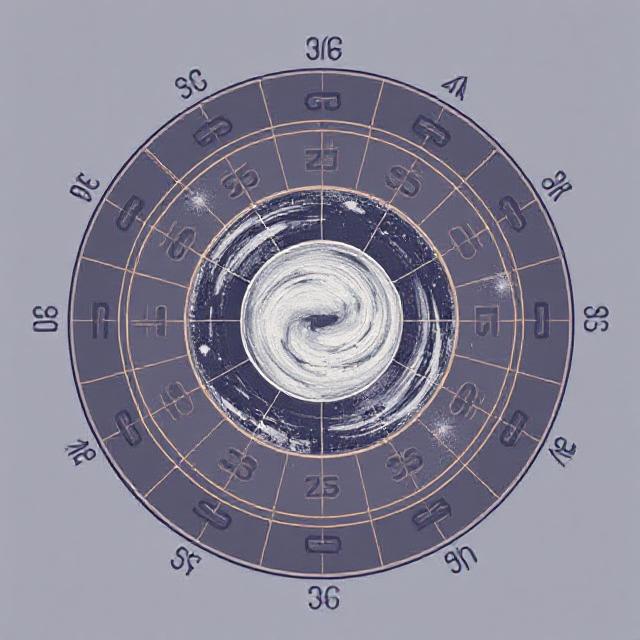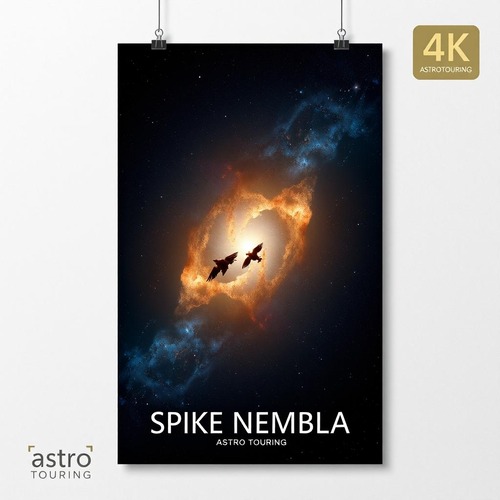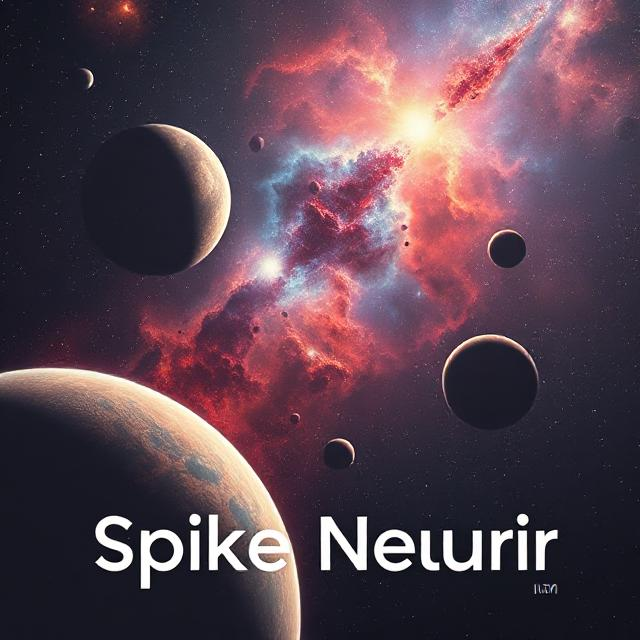Completion of Record-Breaking Digital Camera for Astronomy
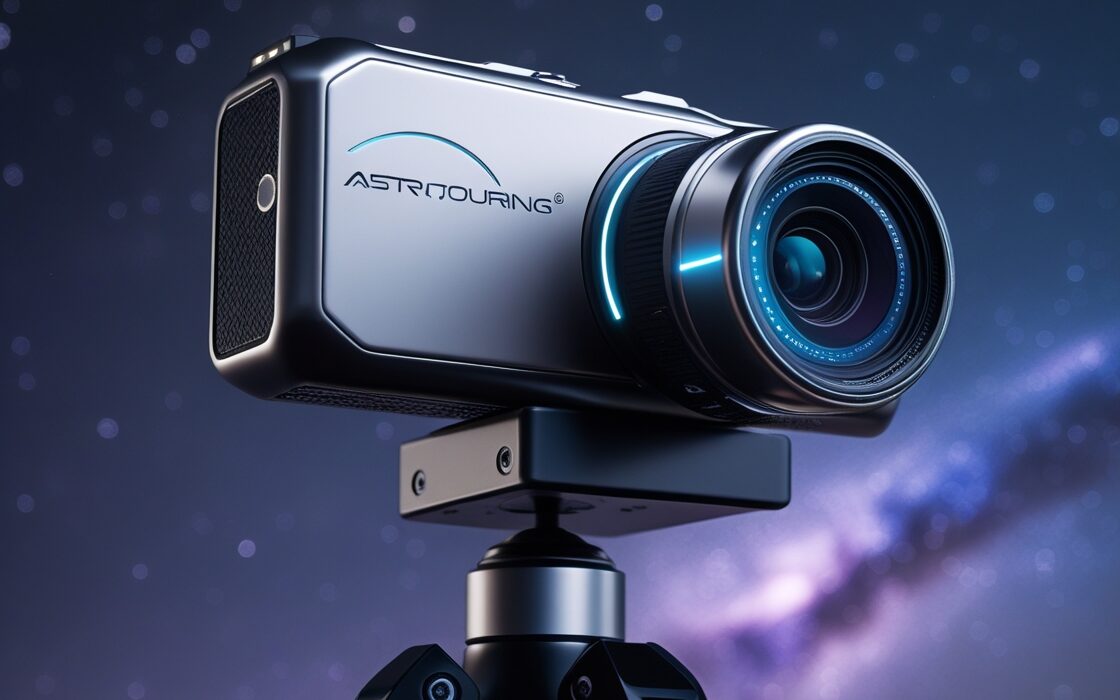

The LSST Camera: A New Era in Cosmic Exploration
In the heart of Chile’s Andes Mountains, a revolutionary piece of technology is set to change the way we perceive the universe. The LSST Camera, a digital marvel comparable in size to a sedan, is poised to embark on an ambitious 10-year mission at the Vera C. Rubin Observatory. This cutting-edge device aims to uncover the mysteries of dark energy, dark matter, and our very own Milky Way galaxy.
A Technological Titan
Constructed with the precision of a master artisan, the LSST Camera weighs an impressive 6,600 pounds (3,000 kilograms). Its lens stands at a towering 5 feet (1.5 meters), mirroring the height of a small adult. With an astounding resolution of 3,200 megapixels, it dwarfs the capabilities of conventional digital cameras, which typically offer around 48 megapixels.
The camera’s expansive field of view is so vast that displaying a full-size image would require hundreds of high-definition televisions. Aaron Roodman, Deputy Director of the Rubin Observatory and Camera Program Lead, marvels at its capabilities, noting that it can distinguish a golf ball from a distance of 15 miles (25 kilometers), while simultaneously capturing an area of the sky seven times the width of the full moon.
Mapping the Night Sky
Over the next decade, the LSST Camera will meticulously chart various celestial phenomena. One of its primary tasks is to explore weak gravitational lensing, a cosmic event where galaxies distort the light of distant objects. By studying these occurrences, astronomers hope to unravel the distribution of mass throughout the universe. Additionally, the camera will investigate clusters of dark matter and dark energy, observe supernovae, and focus on solar system entities like asteroids.
Kathy Turner, Program Manager for the Department of Energy’s Cosmic Frontier Program, emphasizes the camera’s potential: “With the LSST Camera at its core, the Rubin Observatory will push the boundaries of cosmic exploration, addressing some of the most challenging questions in physics today.”
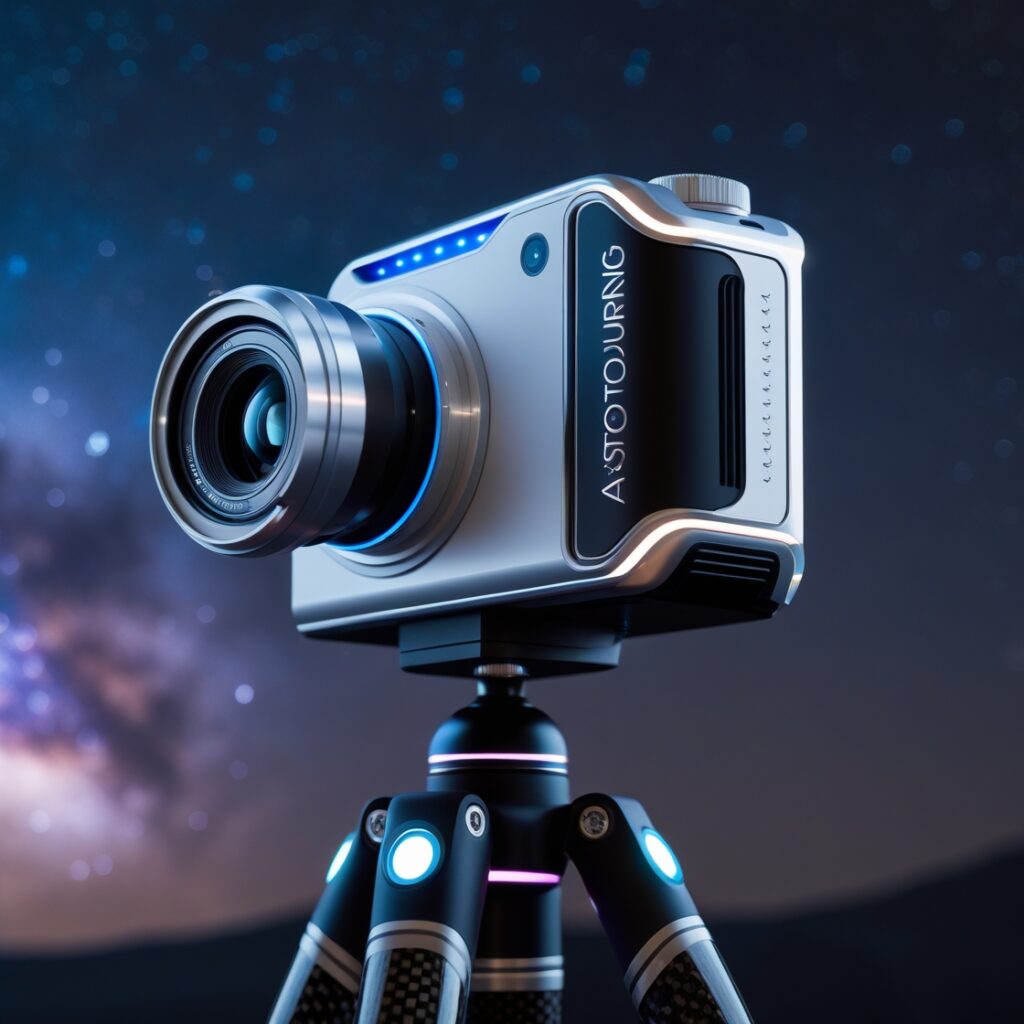

Journey to the Stars
Before its monumental journey to the Vera C. Rubin Observatory, the LSST Camera is undergoing rigorous testing at the Department of Energy’s SLAC National Accelerator Laboratory in Menlo Park, California. Soon, it will be transported to Cerro Pachón in the Andes, where it will be installed on the Simonyi Survey Telescope. The camera is expected to begin its groundbreaking operations by 2025.
In summary, the LSST Camera signifies a leap forward in our quest to understand the universe. As it prepares to embark on its mission, the scientific community eagerly anticipates the revelations it will bring, fundamentally reshaping our understanding of the cosmos.






